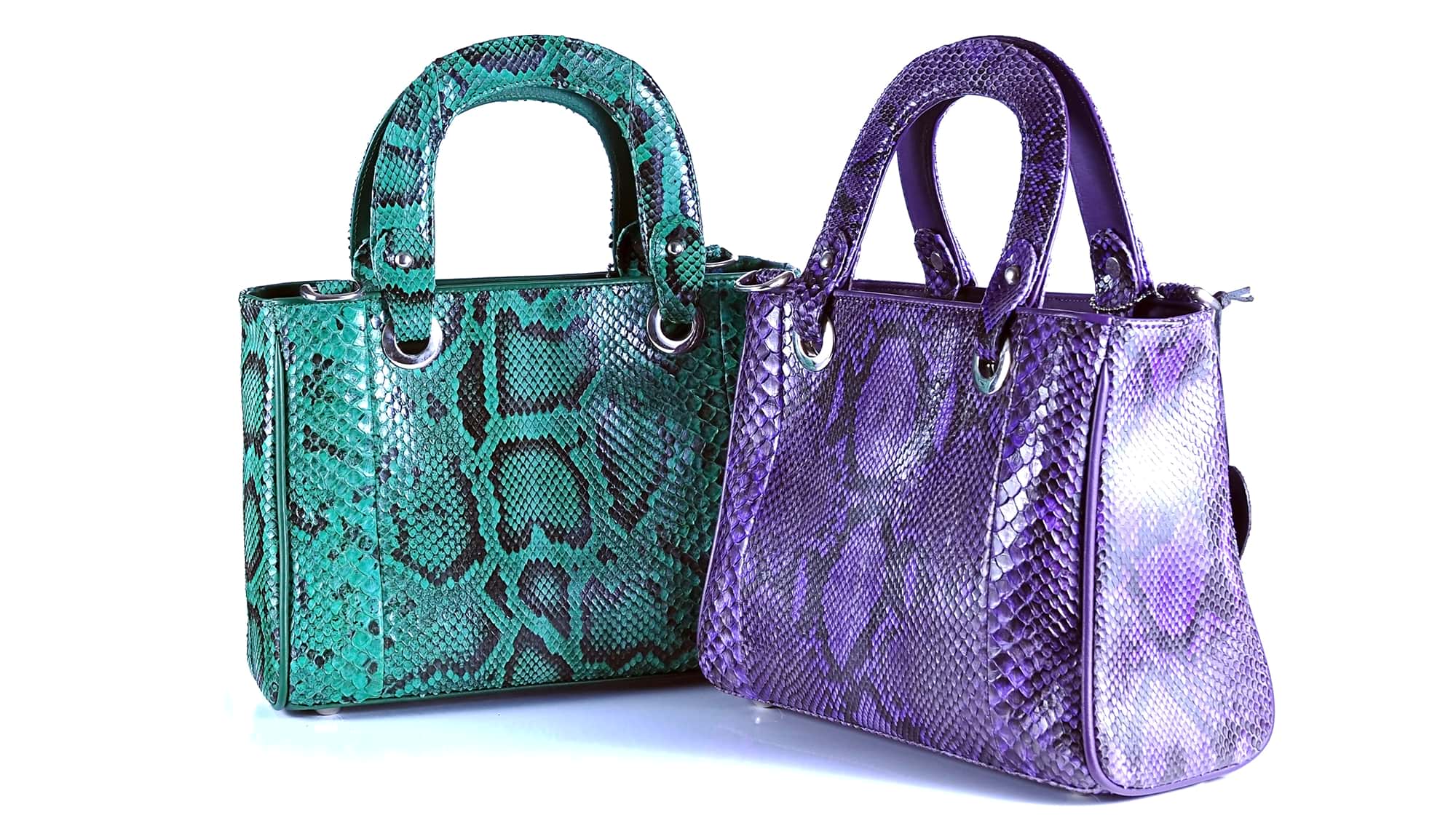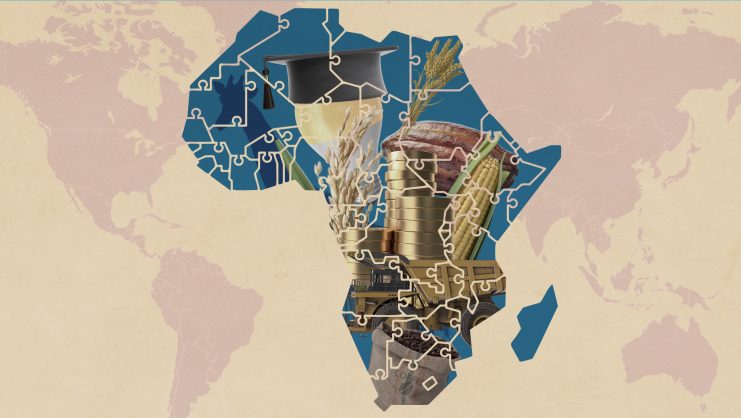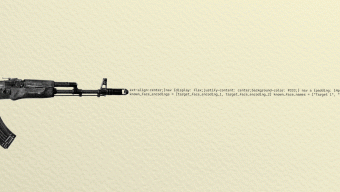After several years of double-digit growth, the luxury-goods industry has taken a dip and is showing signs of exhaustion. The first factor behind this phenomenon is the increase in the amount of retail space in the industry. This initially began with the opening of new stores, but later—about five or six years ago—the trend shifted towards limiting the total number of locations but increasing the overall amount of retail space through bigger stores. The so-called megabrands, such as Louis Vuitton and Gucci, have approached a total of 500 stores worldwide but have avoided exceeding this threshold in order to prevent the banalization of their brands through excessive visibility. As luxury brands have closed their smaller stores and opened much larger ones, the amount of retail space in the industry has grown overall.
This shift has required major investments that have affected the bottom line over the course of several years, primarily because sales have not grown in proportion with the increase in retail space. Prices have been increased in order to boost turnover. Many of the major brands’ most iconic models have more than doubled in price over the last ten years, without affecting the volume of sales. This means that the brands’ like-for-like growth—i.e. considering a constant number of stores—has been achieved through pricing rather than through volume or a constant number of square meters.
Exchange rates have also helped to increase turnover. The depreciation of the euro by more than 20% in recent years has boosted the sales and profits of luxury brands because their accounts are in euros and most of their income is earned in markets pegged to the dollar. Finally, Chinese customers seem to have reached a degree of maturity in their purchasing levels. Therefore, luxury brands cannot rely on China for future growth, especially since no other market is ready to take its place (India, for example, is still too green).
Thanks to the Internet, the image of scarcity and exclusivity that fuels the desire for luxury goods is much more difficult to maintain.
Also available online
These growth factors—which are clearly unsustainable in the long run—will be compounded by the challenges of applying online tools to the luxury-goods industry. Thanks to the Internet, the image of scarcity and exclusivity that fuels the desire for luxury goods is much more difficult to maintain. Nowadays, everything is instantaneous and ubiquitous; the barriers of space and time have vanished.
Luxury executives therefore have two concerns. First, in the short term, listed brands need to maintain growth levels that justify their very high stock prices. Second, they must address the recurring issue of appropriately integrating various online tools into their business model.
The digital world has provided a great opportunity for the emergence of new luxury brands. Thanks to the immediacy and ubiquity of the Internet, previous barriers to entry have been diluted—a development that should grab the industry’s attention.
New brands can now compete by establishing new rules of their own. For one thing, they can manage time differently. They need not conform to the long, rigid calendars of the fashion-show circuit. It is now possible to offer “fast luxury” and embrace the “see now, buy now” concept to win new customers without breaking with tradition. Capsule collections can also be used to provide an adequate dose of novelty without saturating the market or reducing desire.
Brands can also reach customers through e-commerce. They need not rely on the few remaining large-volume brick-and-mortar multibrand stores. In fact, this channel has also migrated to the digital side through the creation of e-marketplaces such as YNAP and Farfetch. New brands are increasingly exploiting online direct-to-consumer models that, when combined with social media and owned and earned advertising, allow them to connect products with customers without making major investments or incurring the costs associated with a capillary retail network. This approach avoids transfer fees, major remodels, and high rents; these fixed expenses are now variable. It also avoids the cut taken by multibrand stores, which is often larger than the gross margin obtained by the brand owner. These lower costs can result in lower sale prices at a quality similar to that of the major brands, allowing the construction of an attractive value proposition based on a lower gross margin.
Lower levels of disposable income are leading to a redefinition of the concept of luxury.
New generations
New generations of customers combine several factors that can favor the emergence of new luxury brands. First, lower levels of disposable income are leading to a redefinition of the concept of luxury. For millennials—and much more for generation Z—the interpretation of luxury is subject to other values. This decrease in disposable income compared with previous generations gives new brands the opportunity to establish much more affordable entry prices. This new definition will lead to the creation of new categories of luxury goods, since new brands have no “sacred cows” that they must respect. In addition, they are able to generate a much more authentic discourse when discussing their craft, and their small size makes their storytelling much more credible than that of the major brands, with their large volumes and margins.
In short, the disruptive business model of these new brands relies on the Internet and social media to capitalize on owned and earned advertising much more than paid advertising, which is increasingly reserved for the large, long-standing luxury brands. Traditional media and luxury brands have maintained common interests, which they have leveraged to create a very profitable environment for both sides. This setup is now being challenged by new models.
Not only has the Internet accommodated these new models, it has also accelerated and spread other potential threats. Second-hand markets have now reached all categories of luxury goods—not just the usual territory of cars and watches. Marketplaces like Vestiaire Collective offer second-hand luxury goods with a certificate of authenticity to more than 6 million customers worldwide. In the United States, platforms such as Rent the Runway have made luxury accessories and ready-to-wear items available on a rental basis. It is no longer necessary to own luxury goods, just to have access to them; this is the key to the industry’s incipient circular economy. Long-standing brands must decide whether they want to get involved in this new way of relating to their products and customers or leave it to third parties to do so on their behalf.
Being omnichannel doesn’t mean selling in all channels; it means offering the same customer experience at all points of contact with the brand.
Without losing the magic
These initiatives make luxury goods more affordable to new generations with limited income without sacrificing the industry’s magic. Major brands are starting to realize that they must introduce lower-priced models of handbags and other accessories in order to win over these new customers.
Nowadays, everyone is talking about experiences. Another challenge for luxury brands is to integrate their experiences throughout the client journey in both the physical and online channels—from the first “like” on social media to several years as a loyal customer and finally an experience with the brand’s after-sales service. Being omnichannel doesn’t mean selling in all channels; it means offering the same customer experience at all points of contact with the brand. This goal is much easier to achieve for new brands that are born omnichannel and do not need to face the challenge of digital transformation.
With the luxury industry clearly in the throes of change, great opportunities are now open to new brands interested in this exciting sector.
© IE Insights.











